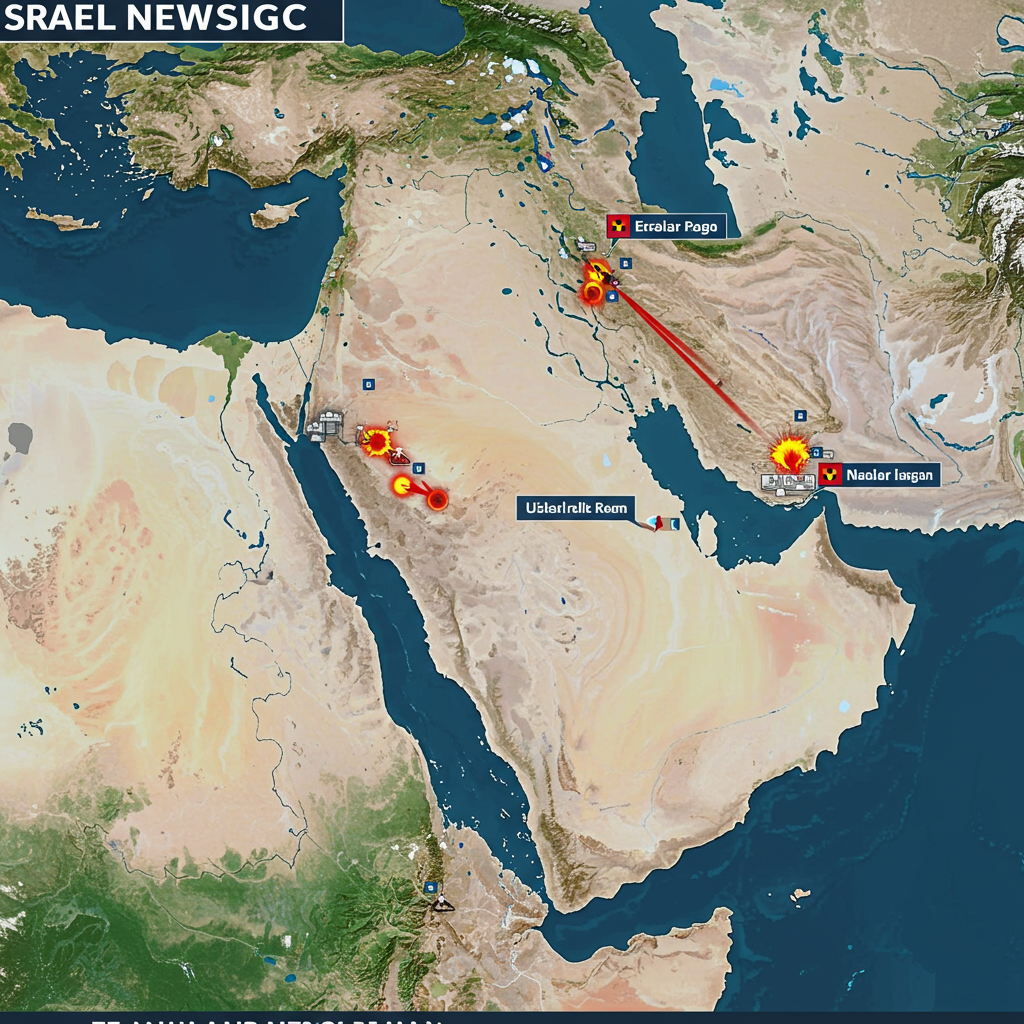A monumental scientific breakthrough is reshaping our understanding of ancient Egypt’s deep past. Researchers have successfully sequenced the oldest complete set of human DNA from this iconic civilization. This unprecedented genetic window pushes our view back to the Old kingdom period. This era, known for initiating Egypt’s monumental pyramid construction, now reveals surprising details about its people. The findings, detailed in the journal Nature, suggest a society far more connected and mobile than previously imagined.
The subject of this remarkable genetic study was an ancient Egyptian man. His remains were found more than a century ago near Nuwayrat, a village about 165 miles south of modern Cairo. His skeleton, now housed at the World Museum Liverpool, offered a rare glimpse into life before widespread artificial mummification. Scientists employed cutting-edge technology for this deep dive into his genetic code. They gained insights into the life and ancestry of someone outside the typical ruling elite.
A Glimpse into the Old Kingdom
Radiocarbon dating places this individual’s life between approximately 2855 and 2570 B.C. This timeframe coincides with a pivotal moment in Egyptian history – the Old Kingdom. Centuries after the unification of Upper and Lower Egypt, this period saw significant changes. Centralized governance expanded, technological innovation surged, and ambitious architectural projects began. This era gave rise to the Step Pyramid of Djoser and the Great Pyramid at Giza. Obtaining a complete genome from this early period is incredibly valuable.
Unlocking the genetic code of this individual provides direct insight. “This genome allows us, for the first time, to get insights into the genetic ancestry of an ancient Egyptian individual from the Old Kingdom period,” stated Adeline Morez Jacobs. Jacobs is the lead author of the study and a researcher at Liverpool John Moores University and the Francis Crick Institute. Archaeological evidence has long pointed to cultural exchange between Egypt and regions like Mesopotamia. Shared ideas in farming, writing, and art were apparent. This new genetic data offers the first direct proof. It confirms that interaction wasn’t just about goods or ideas. People themselves were moving and intermixing across vast distances.
Decoding the Past: DNA as a New Key
For centuries, unlocking the secrets of ancient Egypt relied heavily on written records and material artifacts. The Rosetta Stone, for instance, provided the key to deciphering hieroglyphs. This opened a window into ancient Egyptian language and thought. Similarly, analyzing ancient DNA acts as a new key. It provides a biological record, complementing what we learn from texts and tombs. Just as interpreting artifacts requires expertise, extracting and understanding ancient DNA demands sophisticated techniques. Archaeological finds like pottery, meticulously dated by pioneers such as Flinders Petrie (though even experts like Petrie could make errors in dating or origin!), have built chronologies. Now, genetics adds a new layer of undeniable evidence to these historical narratives. It confirms long-suspected connections between distinct ancient populations.
Why Ancient DNA from Egypt Was Hard to Find
Studying ancient DNA from Egypt has historically presented immense challenges. The hot, frequently humid climate prevalent in many burial sites degrades delicate genetic material. The chemical processes used in later mummification practices also severely damage DNA strands over millennia. Before recent advancements, obtaining usable genetic information was incredibly difficult. Scientists had only managed to sequence partial genomes from a handful of ancient Egyptians. These samples were all from periods much later than the Old Kingdom. Early attempts using techniques like PCR often struggled. It was hard to distinguish ancient human DNA from modern contamination or even microbial DNA.
Recent technological leaps have been crucial in overcoming these hurdles. New-generation sequencing methods allow researchers to extract and analyze DNA from even minute samples. Rigorous authentication methods now ensure the ancient origin of the genetic material. Linus Girdland-Flink, a co-author and archaeogeneticist at the University of Aberdeen, highlighted this shift. He noted that the ability to work with tiny samples has revolutionized the field over the past decade or two. The successful sequencing of much older DNA globally, such as two-million-year-old fragments found in Greenland ice, showcases the power of these new technologies and the importance of specific preservation conditions.
The Role of a Unique Burial Site
Beyond technological progress, the specific circumstances of this individual’s burial were vital. They contributed significantly to the exceptional preservation of his DNA. He was interred in a rock-cut tomb. His remains were placed inside a large pottery vessel. This burial method was common before artificial mummification became widespread. It likely created a more stable, cooler environment. This protected the delicate DNA strands from the extreme temperature fluctuations and moisture common in typical Egyptian burials.
The research team focused their DNA extraction on the man’s dental tissue. Specifically, they targeted the pulp and the tissue anchoring the teeth in the jaw. Teeth are known for their dense structure. This structure shields genetic material from environmental degradation more effectively than bone or soft tissue. Scientists extracted seven DNA samples. Two of these proved robust enough for full genomic sequencing.
What the DNA Revealed: Ancient Roots and Connections
Analyzing the ancient man’s genome provided compelling results. Researchers compared his genetic code to a vast library of data. This database includes thousands of ancient and modern individuals. The study found that roughly 80 percent of his genetic makeup was linked to populations already present in North Africa. This suggests a strong genetic foundation in the local populace of the Nile Valley.
Crucially, the remaining 20 percent of his ancestry traced back to individuals in the eastern Fertile Crescent. This region, particularly Mesopotamia, includes parts of modern Iraq, Iran, and Jordan. This finding provides direct genetic evidence. It strongly supports long-held archaeological theories about extensive connections between Egypt and West Asia during this period. It indicates a “complex network of people moving and intermixing with the local population,” Dr. Jacobs emphasized.
People, Not Just Ideas, Moved
For millennia, archaeological evidence has demonstrated cultural diffusion. Practices like shared domesticated animals, similar writing systems, and artistic motifs showed links between ancient Egypt and the eastern Mediterranean/Near East. This new genetic data adds a powerful dimension. It shows that the exchange involved more than just goods and abstract ideas. People were physically migrating and integrating into Egyptian society even during the Old Kingdom. This genetic finding corroborates what artifacts could only imply about ancient population movements into Egypt. It paints a picture of a dynamic society engaged in significant cross-cultural interaction through migration.
A Look at a Non-Royal Life
Much of our knowledge about ancient Egypt centers on pharaohs, priests, and monumental structures. This study offers a rare and valuable glimpse into the life of an ordinary individual. Skeletal analysis provided fascinating details about the man himself. Researchers estimated he lived to a relatively old age for that era. He potentially reached his mid-60s. This is comparable to someone reaching their 80s today.
His skeleton showed clear signs of a physically demanding life. Arthritis and significant osteoporosis were evident. Muscle markings on his arms and shoulders suggested prolonged periods of holding his arms forward. Features on his skull and vertebrae indicated he frequently looked down and leaned forward. Evidence of squatting on his ankles also suggested his likely profession: a potter.
An Unusual Burial for a Working Man?
Despite the evidence of a hard physical life, his burial was atypical for a common laborer. Being placed in a rock-cut tomb within a large pottery vessel was a style more commonly associated with higher social standing. Co-author Joel Irish, a dental anthropologist, noted this intriguing discrepancy. “That’s interesting because it’s also at odds with the fact that he had an incredibly hard physical life,” he remarked. This suggests that social status in the Old Kingdom might not have been solely tied to physical labor intensity. It could have been linked to skill, specific community roles, or other factors not immediately apparent from skeletal analysis alone.
Broader Context and Future Research
This study of a single individual is a significant step, but it’s only the beginning. Prior research exists, such as a notable 2017 study. That study analyzed individuals from Abusir el-Meleq dating from the New Kingdom to the Roman Period (1380 BC to 425 AD). It revealed genetic continuity within that later timeframe. However, it also highlighted differences compared to modern Egyptians. The Abusir study showed ancient Egyptians from that period were genetically closer to Near Eastern populations than modern Egyptians. Modern Egyptians, compared to those ancient samples, show a notably higher proportion of Sub-Saharan African ancestry. Researchers estimate this shift largely occurred after the Roman period.
Analyzing this much older individual from the Old Kingdom adds a crucial piece to this complex genetic puzzle. It shows early connections to West Asia. Future studies sequencing more ancient genomes from different times and locations across Egypt are essential. This will help build a comprehensive picture of population dynamics and migratory influences throughout Egypt’s long history. Researchers hope to extend the timeline even further back. Analyzing DNA from pre-agricultural periods could help understand the deepest roots of Egyptian ancestry. It could also reveal when different ancestral components, like the Levantine-like one seen in this Old Kingdom individual, began to appear and spread throughout the region.
Yehia Gad, emeritus professor of molecular genetics, remarked on the potential impact. He stated that extending genetic investigation beyond royal dynasties to ordinary ancient Egyptians will profoundly enlighten our understanding of daily life and societal structures. This unnamed potter, brought to life through the power of ancient DNA, truly represents just the beginning of exploring Egypt’s rich and complex genetic past.
Frequently Asked Questions
What did sequencing the oldest ancient Egyptian DNA reveal about ancestry?
Analysis of the oldest complete ancient Egyptian genome, from an individual who lived around 2855-2570 B.C. (Old Kingdom), revealed fascinating ancestry details. His genetic makeup was approximately 80% North African, rooted in the local populations of the Nile Valley. However, a significant 20% traced back to populations in West Asia, specifically the region of Mesopotamia (modern Iraq, Iran, Jordan). This genetic evidence directly supports theories of extensive cultural exchange and population movement between ancient Egypt and the Near East much earlier than previously confirmed genetically.
How was ancient Egyptian DNA successfully preserved and analyzed despite the difficult climate?
Ancient DNA from Egypt is often poorly preserved due to heat and humidity, plus the chemicals used in later mummification. The remarkable preservation of this Old Kingdom individual’s DNA was primarily due to his unique burial. He was placed in a rock-cut tomb within a large pottery vessel, creating a stable, protective microenvironment. Scientists used advanced next-generation sequencing technology to analyze the DNA. They extracted usable samples specifically from dense dental tissue (tooth pulp and jaw tissue), which is better protected from environmental degradation than bone.
How does the ancestry of this Old Kingdom Egyptian compare to later periods or modern Egyptians?
This Old Kingdom individual showed strong genetic links to both North Africa and West Asia/Mesopotamia. This contrasts with findings from other studies, like one focusing on later ancient Egyptians (New Kingdom to Roman periods). Those later individuals were genetically closer to populations from the Levant (eastern Mediterranean) than to modern Egyptians. Modern Egyptians, when compared to these ancient groups, show a notable increase in Sub-Saharan African ancestry. Researchers estimate this increase largely occurred after the Roman era, indicating shifts in the Egyptian population structure over several millennia. This study adds an earlier point to understand these long-term genetic changes.



